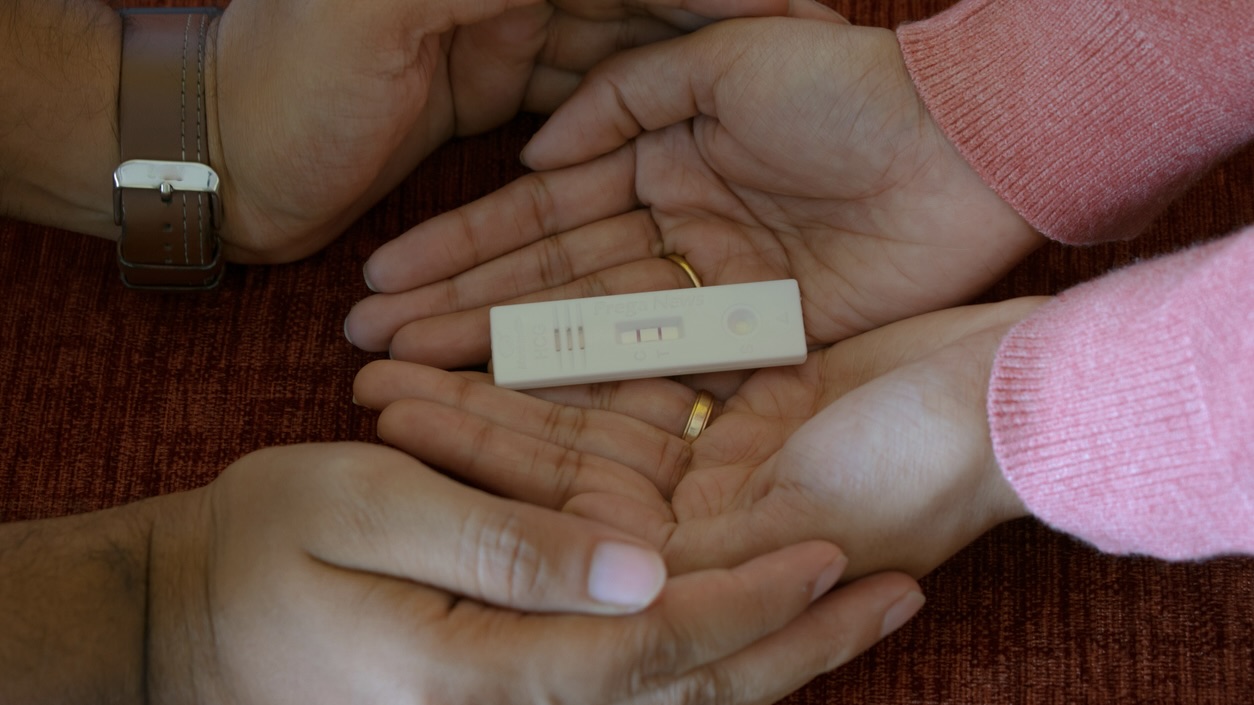The joint family system in India creates multiple stakeholders in reproductive decisions, with young men often finding themselves caught between their personal desires, their partner’s wishes, and family expectations.
Published Jun 28, 2025 | 7:00 AM ⚊ Updated Jun 28, 2025 | 7:00 AM

The findings highlight a largely overlooked dimension of reproductive rights.
Synopsis: New data from the United Nations Population Fund show that 61 percent of Indian men face limitations in making reproductive choices, slightly more than the 60 percent of women who reported the same. The findings highlight that Indian men also encounter limited contraceptive options, societal pressure to have children, and high rates of sexual coercion – even if less frequently acknowledged. The report identifies the lack of focus on men in reproductive health policy as a key factor behind these challenges.
Challenging long-standing assumptions about reproductive health, new data from the United Nations Population Fund (UNFPA) and YouGov – featured in UNFPA: The State of World Population 2025 – show that Indian men face significant barriers to reproductive agency, often at levels comparable to, or higher than, women.
Thirty-four percent of Indian men reported being unable to use a contraceptive method of their choice, compared to 27 percent of Indian women. This seven percentage point difference represents the largest gap between genders in any category measured.
The report noted that men’s contraceptive options remain limited to condoms and vasectomy, while “male contraceptive pills, long-acting reversible gels (that block sperm), and injectables are perennially in clinical trials but have not been launched commercially.”
While women have access to various methods including pills, intrauterine devices, and hormonal implants, men are essentially restricted to two options – both of which come with their own limitations and failure rates.
The findings highlight a largely overlooked dimension of reproductive rights, showing that nearly equal proportions of Indian men and women report facing constraints in exercising control over their reproductive choices.
Thirty percent of Indian men reported experiencing pressure to have a baby or keep a pregnancy when they did not want to, compared to 26 percent of Indian women.
Studies have revealed a complex web of reproductive pressures affecting Indian men. In Indian joint family systems, reproductive decisions rarely remain private matters between couples.
Extended family members, particularly elders, exert considerable pressure on young men to produce heirs and continue family lineages, creating a unique form of reproductive coercion that affects men differently than women.
The survey noted that globally, 18 percent of respondents experienced pressure to have children when they did not want to, making India’s rates of 30 percent for men and 26 percent for women significantly higher than the global average.
Similarly, the global rate of 23 percent for men feeling unable to say no to sexual intercourse is substantially lower than India’s 34 percent rate for men in this category.
The comprehensive survey, spanning multiple countries, found that in approximately half of the surveyed countries, more men than women reported facing reproductive coercion regarding having children.
Twenty-nine percent of Indian men reported feeling pressured to keep using contraception to prevent pregnancy when they wanted to have a child, compared to 22 percent of Indian women.
This pressure is a result of the intricate negotiations men must navigate within family structures and partnerships.
The joint family system in India creates multiple stakeholders in reproductive decisions, with young men often finding themselves caught between their personal desires, their partner’s wishes, and family expectations.
Thirty-four percent of Indian men reported being in situations where they felt unable to say no to a partner if they did not want to have sexual intercourse.
Indian women reported a 33 percent rate for sexual coercion, showing only a one percentage point difference.
The belief that men always desire sex, and therefore cannot be coerced, is both inaccurate and damaging. It prevents men from recognising experiences of coercion and discourages them from seeking support.
Even multiple studies in India have pointed out the same scenario.
Thirty-one percent of Indian men reported being unable to access health services or medical help related to procreation or contraception, compared to 25 percent of Indian women.
When combining all five categories, 61 percent of Indian men reported experiencing any of these limitations in reproductive agency, compared to 60 percent of Indian women.
The lack of male contraceptive options has deeper implications for gender equality in reproductive responsibility.
As UNFPA: The State of World Population 2025 notes, “policymaking around contraceptives has been deeply informed by existing gender norms, resulting in a disproportionate focus on women’s bodies as the problem and solution to unintended pregnancy.”
A study published in the Reproductive Health Journal highlights that in Indian society, family planning has been “feminised,” and engaging in family planning is often seen as not masculine.
Husbands are typically the decision-makers regarding family size and contraceptive use, but significant cultural barriers prevent them from openly engaging in dialogues about family planning with their wives.
This effect is especially pronounced in rural areas and in families where wives are younger.
The study notes that interventions aiming to involve men in reproductive health have faced challenges in participation, due to the deep-rooted gender norms that limit men’s visible agency in reproductive matters.
(Edited by Dese Gowda)
